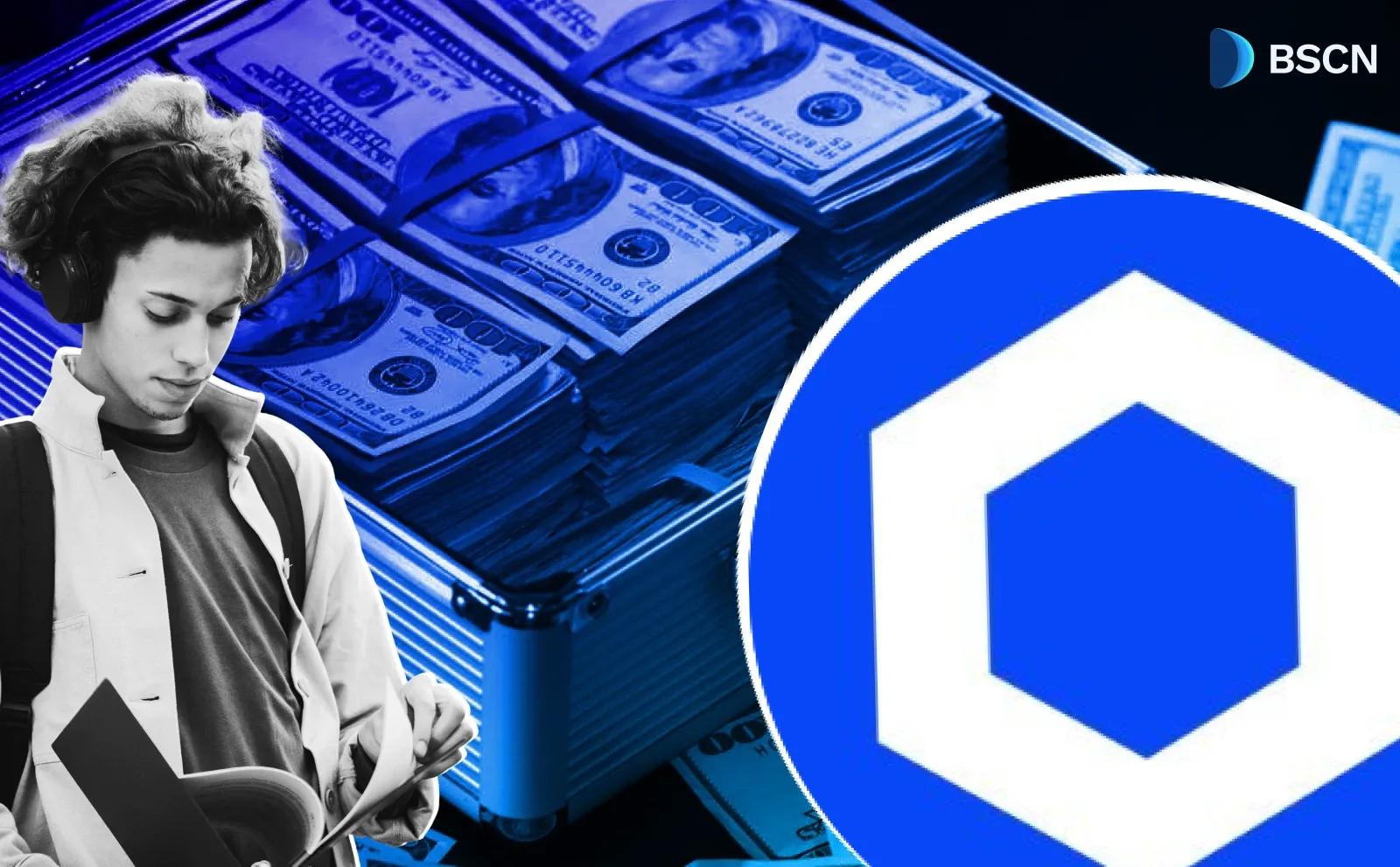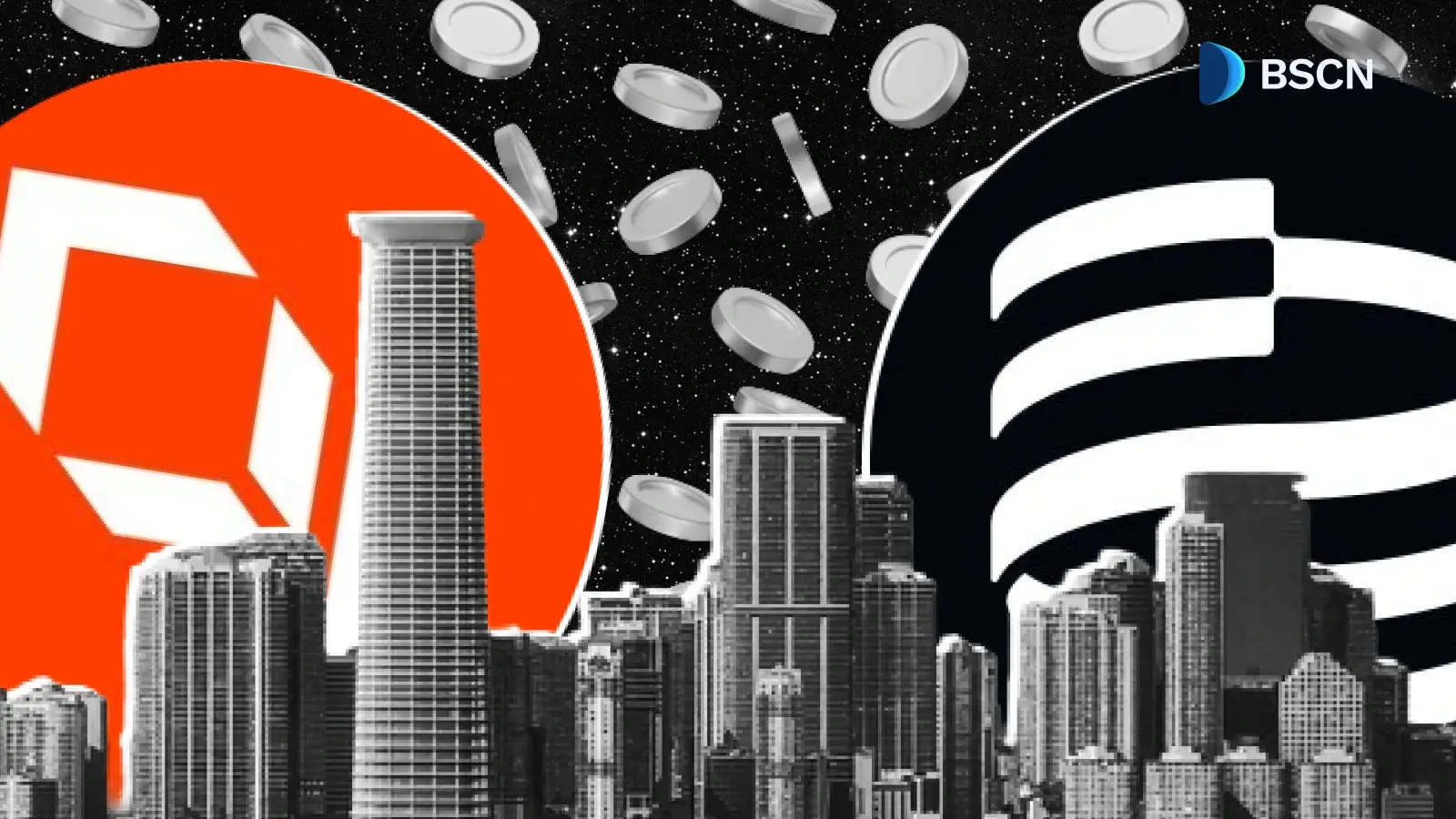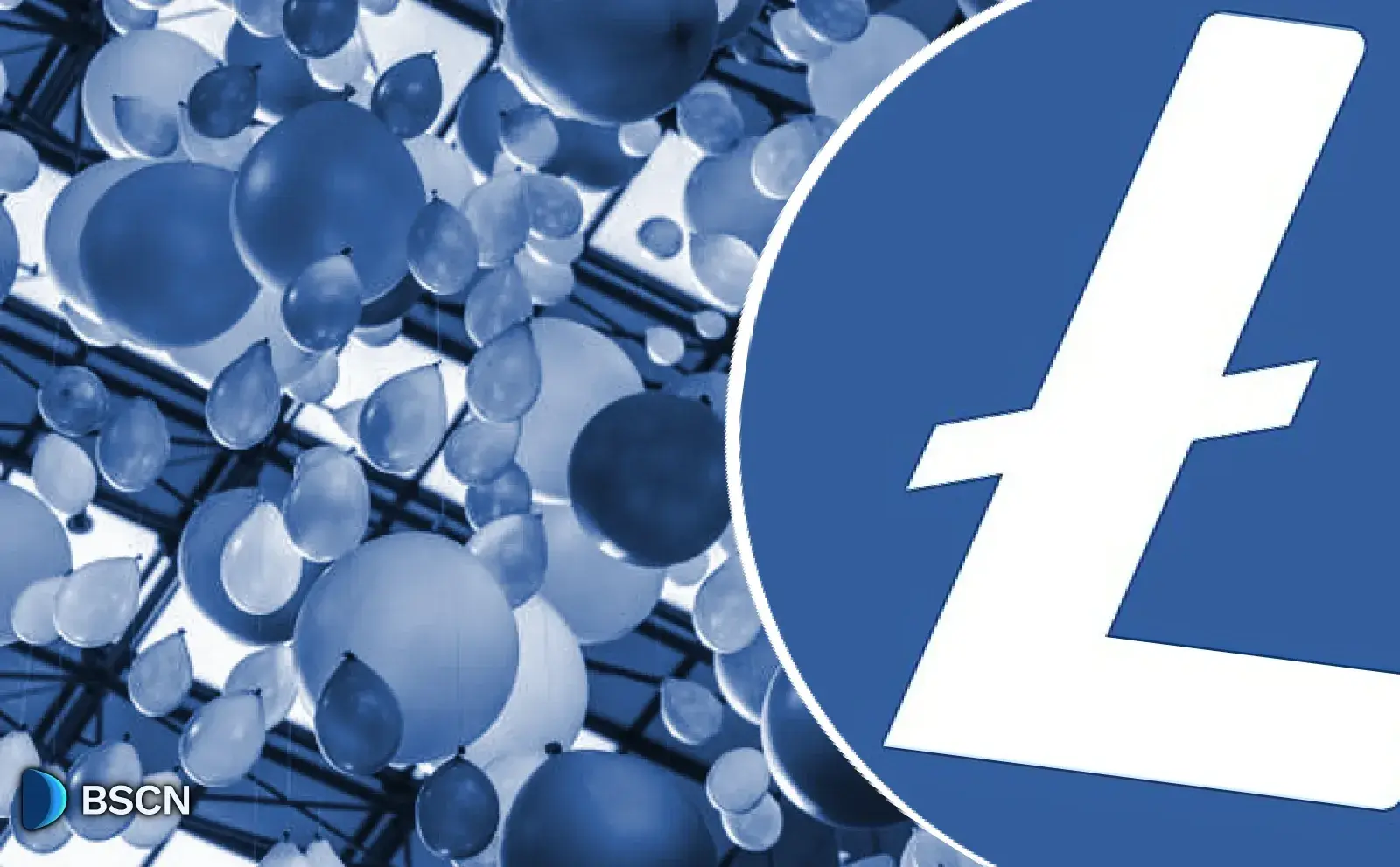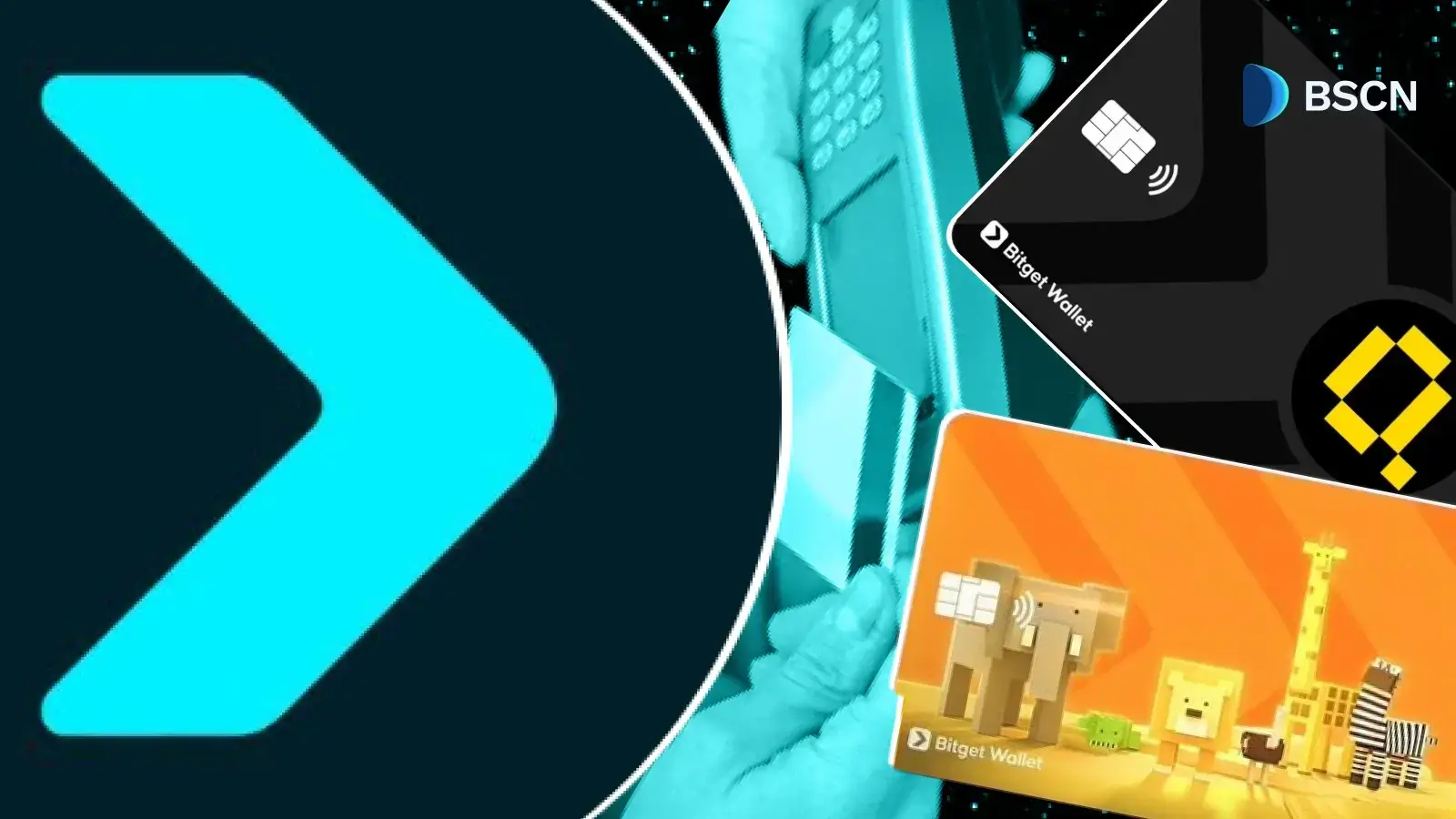Research
(Advertisement)
Pi Network Co-Founder Chengdiao Fan on Blockchain Utility, AI Integration, and Mass Adoption at TOKEN2049
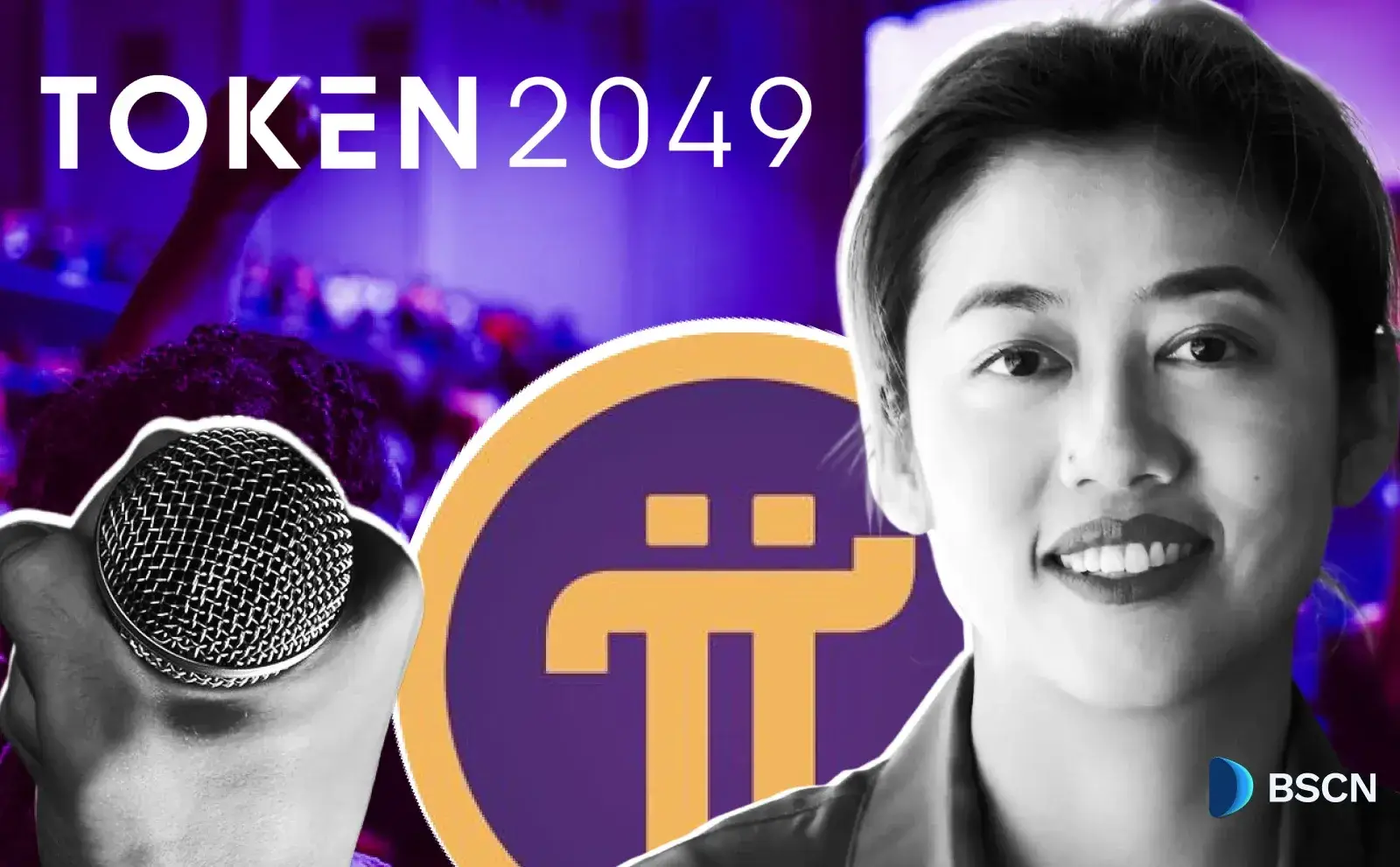
Chengdiao Fan outlined the integration of blockchain and AI for wealth redistribution, emphasizing utility through KYC, App Studio, and DeFi tools.
UC Hope
October 6, 2025
(Advertisement)
Table of Contents
Pi Network co-founder Chengdiao Fan addressed the role of blockchain in addressing AI-driven economic shifts during her keynote at TOKEN2049 in Singapore on October 1, 2025, outlining how Pi Network's features, such as its KYC-verified user base and app development tools, aim to support utility-focused applications over speculative trading.
In her 15-minute presentation, Fan detailed Pi's transition to an open mainnet in February 2025 and its efforts to integrate AI with blockchain for value creation, drawing on the project's six-year development history and community of over 60 million engaged users.
Background on TOKEN2049 and Pi Network's Debut
TOKEN2049, held annually in Singapore, drew over 20,000 participants in 2025, including representatives from notable projects such as Ethereum and Binance. Fan's appearance marked Pi Network's first participation at the event, where she delivered a talk titled "Crypto's Future: From Liquidity to Utility - Web3 Pathways to Innovation." A recording of the session, posted on YouTube and shared on X, has received notable engagement from the community.
Pi Network, launched in 2019 by Stanford PhD graduates Nicolas Kokkalis and Chengdiao Fan, operates as a layer-one blockchain designed for mobile accessibility. Users mine Pi coins through a smartphone app that reduces the energy consumption typically associated with proof-of-work systems. After operating in a closed phase for years, the network opened its mainnet in February 2025. The project reports over 60 million engaged users, distinct from total downloads, which exceed several hundred million across app stores. Pi emphasizes KYC processes and utility development, with 15 million of its 16 million mainnet users verified for identity.
Fan's Analysis of AI Challenges and Blockchain Solutions
Fan began her speech by linking blockchain to broader societal issues arising from AI advancements. She noted that AI reduces the relevance of human labor in production, a system that has distributed wealth since the Industrial Revolution. "If labor becomes irrelevant, what will be the metric that society uses to distribute our societal wealth?" Fan asked, highlighting the need for new distribution mechanisms.
She positioned blockchain as a tool for equitable wealth redistribution in an AI era, extending beyond decentralized computing or data storage. Fan described blockchain's core utility as "a societal distribution and redistribution system" that is scalable, accessible, and auditable. This view aligns with industry explorations where blockchain enables individuals to monetize data through tokenization, with AI assessing and compensating contributions.
Fan connected this to DeFi trends, observing that innovations in decentralized finance reflect public demand for early and fair participation in value capture. However, she critiqued much of DeFi for lacking net value creation, focusing instead on extraction, reallocating existing wealth within closed systems.
Shifting from Liquidity to Utility in Crypto
To address these issues, Fan advocated moving from transaction-focused models to those emphasizing utility. She outlined two paths: migrating existing production on-chain and creating new production directly on-chain.
For the first path, Pi has implemented a native KYC solution covering most global locations, verifying 15 million users. This resolves ownership questions essential for real-world asset tokenization and stablecoin payments. "For real-world assets really moving on chain, the first problem that needs to be solved is ownership: who owns what, and who transfers what to another?" Fan explained. Pi's mainnet restricts participation to KYC-verified users, facilitating integration with Web3 financial services.
Fan emphasized the second path, new on-chain production. Pi supports this through its social network of 60 million engaged users, providing a testing ground for product iteration. "If you are a real product person, you understand the need for users. You need to have real users to test and give you feedback," she said.
Pi has integrated AI to capitalize on its early-stage development, aiming to build AI-powered apps directly on-chain. Fan argued for seizing a "short historical window" where advances in AI infrastructure coincide with an immature application layer. Missing this could require later migration efforts. Pi invites AI developers to leverage its user base, enabling DeFi tools to capture value from these new productions.
Additionally, Pi released an App Studio platform that enables non-technical users to create, deploy, and access apps via a user-friendly interface, bypassing typical no-code limitations that require server knowledge. This pipeline connects apps to Pi's social network, enabling users to run online businesses using AI without traditional wage models. "We create this pipeline of facilitating using AI to help non-technical people be able to own and run online businesses," Fan stated.
Incentive Distortions and Pi's DeFi Initiatives
Fan identified DeFi's accessibility as creating distortions that hinder innovation, with builders favoring quick wealth from memecoins over complex product development. This leads to talent focusing on trading optimizations rather than utility. "Value creation is always harder than value extraction. Value creation relies on product innovation that takes time and takes effort and takes perseverance," she remarked.
To align incentives, Pi released DeFi tools on testnet, including a decentralized exchange (DEX), PiEx, automated market makers (AMM), and liquidity pools. These are available to millions for testing and education, aiming to raise financial literacy among general users.
Overall, Fan's talk underscores how AI agents could simplify blockchain interfaces, decentralizing control. Pi's features position it to support such integrations, with its user network aiding app development.
Conclusion
Chengdiao Fan's TOKEN2049 keynote detailed Pi Network's approach to blending blockchain with AI for utility-driven value creation, contrasting with DeFi's focus on extraction. The keynote promoted tools such as KYC verification, App Studio, and testnet DeFi features to foster equitable participation among its 60 million users.
The speech highlights the project's efforts to address labor displacement through on-chain production models, while acknowledging the challenges to incentives. For pioneers and interested users, monitoring Pi's mainnet maturity and AI integrations over the coming year remains essential, as these will determine its contributions to the sustainability of Web3.
Sources:
Pi Network X post: https://x.com/PiCoreTeam/status/1974541485845496198
Chengdiao Fan Keynote at Token2049: https://www.youtube.com/watch?v=P9WveUQMKmA
Pi Network DeFi tools now live on Testnet: https://minepi.com/blog/dex-amm-token-creation/
Read Next...
Frequently Asked Questions
What challenges did Chengdiao Fan discuss regarding AI's impact on society?
Chengdiao Fan noted that AI reduces the relevance of human labor in production, which has been a key metric for distributing societal wealth since industrialization. She questioned what new metric could replace labor for equitable wealth distribution in an AI-driven world.
What two paths did Fan outline for increasing utility in crypto?
Fan described two paths: migrating existing production on-chain, such as through real-world asset tokenization and stablecoin payments, and creating new production directly on-chain, which Pi Network supports via its user network and AI integrations.
How does Pi Network's App Studio assist non-technical users?
Pi Network's App Studio enables non-technical users to create, deploy, and access apps through a user-friendly interface, connecting them to the project's social network to run online businesses using AI without relying on traditional wage models.
Disclaimer
Disclaimer: The views expressed in this article do not necessarily represent the views of BSCN. The information provided in this article is for educational and entertainment purposes only and should not be construed as investment advice, or advice of any kind. BSCN assumes no responsibility for any investment decisions made based on the information provided in this article. If you believe that the article should be amended, please reach out to the BSCN team by emailing [email protected].
Author
 UC Hope
UC HopeUC holds a bachelor’s degree in Physics and has been a crypto researcher since 2020. UC was a professional writer before entering the cryptocurrency industry, but was drawn to blockchain technology by its high potential. UC has written for the likes of Cryptopolitan, as well as BSCN. He has a wide area of expertise, covering centralized and decentralized finance, as well as altcoins.
(Advertisement)
Latest News
(Advertisement)
Crypto Project & Token Reviews
Project & Token Reviews
Comprehensive reviews of crypto's most interesting projects and assets
Learn about the hottest projects & tokens

![Pi Network (PI) Faces Market Headwinds Despite Early October Rebound Attempt [November Update]](/_next/image?url=https%3A%2F%2Fstorage.bsc.news%2F5%2FWeekahead_52_ab953f4742.webp&w=1920&q=70)



